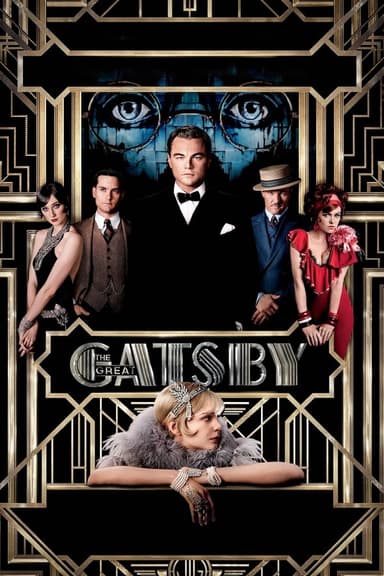
Raintree County
1957 • Drama, History, Romance • NR
In 1859, idealist John Wickliff Shawnessey, a resident of Raintree County, Indiana, is distracted from his high school sweetheart Nell Gaither by Susanna Drake, a rich New Orleans girl. This love triangle is further complicated by the American Civil War, and dark family history.
Runtime: 3h 8m
Why you should read the novel
Before you press play, open the pages of Raintree County by Ross Lockridge Jr. The novel is a sweeping American epic—lyrical, philosophical, and daringly structured—that the 1957 film can only hint at. Its immersive voice, stream-of-consciousness passages, and temporal shifts invite you to experience the story from the inside out.
Lockridge’s book explores identity, memory, and the American myth with far greater nuance—moving between small-town Indiana and a nation divided by the Civil War. The prose is rich with symbolism and the unforgettable legend of the raintree, rewarding unhurried reading with layers of meaning that grow with every chapter.
If the movie’s romance and spectacle intrigued you, the novel will captivate you with fuller characters, deeper themes, and a more adventurous narrative design. Read Raintree County in print, ebook, or audiobook to encounter the definitive version of this classic American story.
Adaptation differences
Structure and perspective are the biggest changes. The novel unfolds through a complex, nonlinear design—anchored to a single day with expansive flashbacks and interior monologues. The film largely streamlines events into a more chronological, externally focused narrative, sacrificing the book’s layered time-shifts and intimate psychological textures.
Characterization is also pared down. On the page, John Shawnessy, Susanna Drake, Nell Gaither, and the satirically charged Professor Jerusalem Webster Stiles are developed with intricate backstories, competing ideals, and a chorus of inner voices. The adaptation compresses arcs, trims secondary figures, and softens Stiles’s biting commentary to keep the plot moving and the tone more conventional.
Themes are moderated for the screen. Lockridge’s novel engages more directly with sexuality, mental illness, politics, and the moral contradictions of slavery, war, and Reconstruction. Under mid-century content restrictions, the film emphasizes romance and melodrama, toning down ambiguity around desire and paternity, reducing philosophical digressions, and smoothing the harsher social critique.
Symbolism and resolution shift in emphasis. The book treats the raintree as a resonant, elusive metaphor within a broader meditation on myth and memory; the film tends to literalize imagery and offer clearer emotional closure. Where the novel lingers in uncertainty and reflection, the adaptation favors decisive beats and visually dramatic set pieces, compressing the historical sprawl into a more accessible, crowd-pleasing arc.
Raintree County inspired from
Raintree County
by Ross Lockridge Jr.










